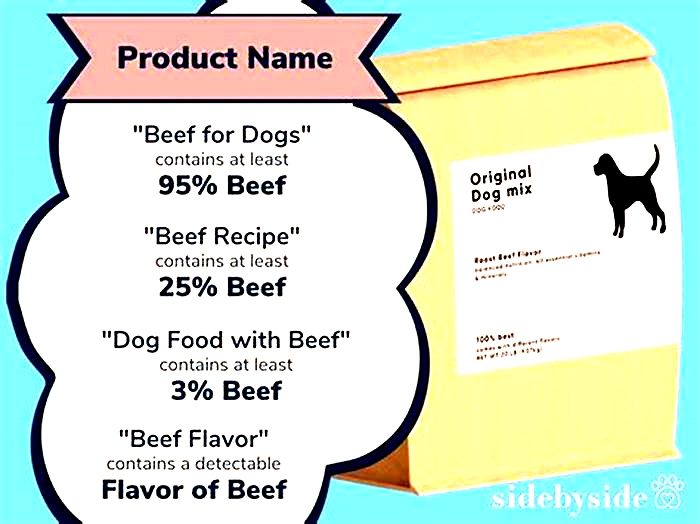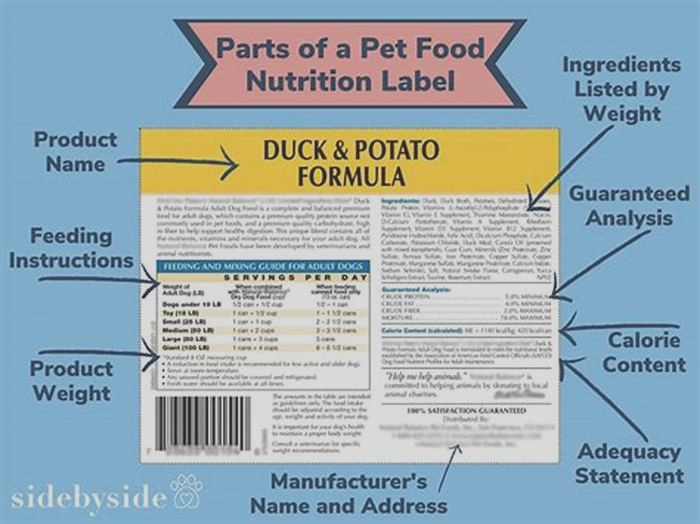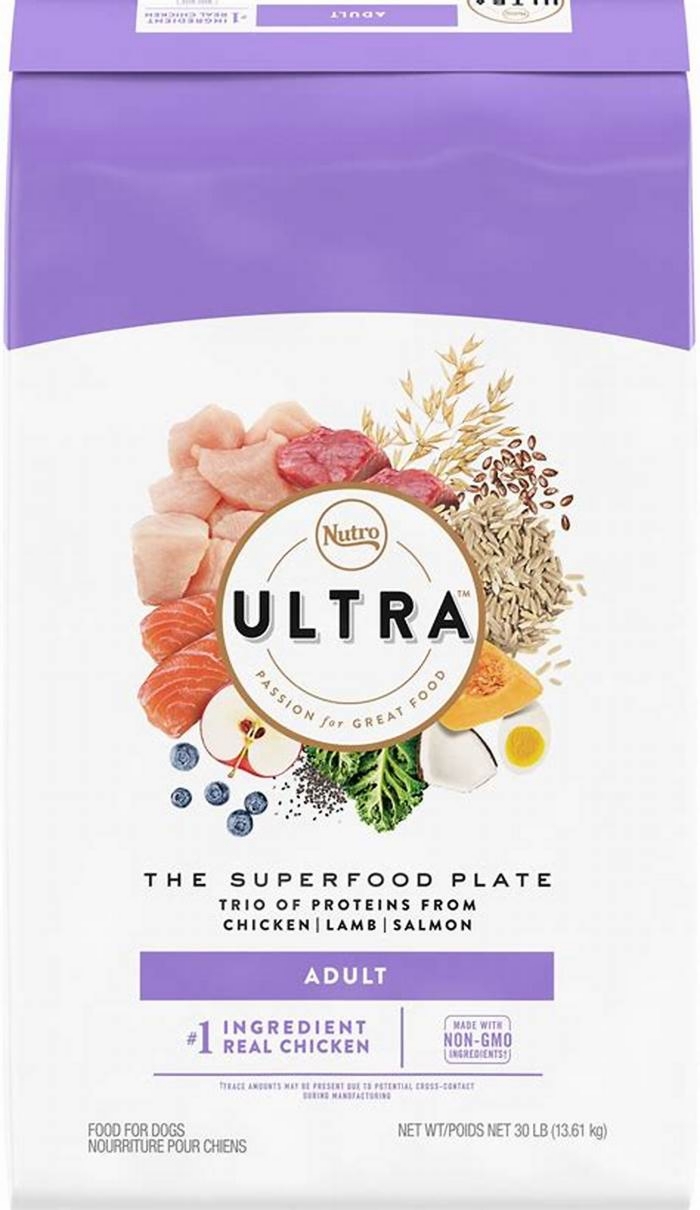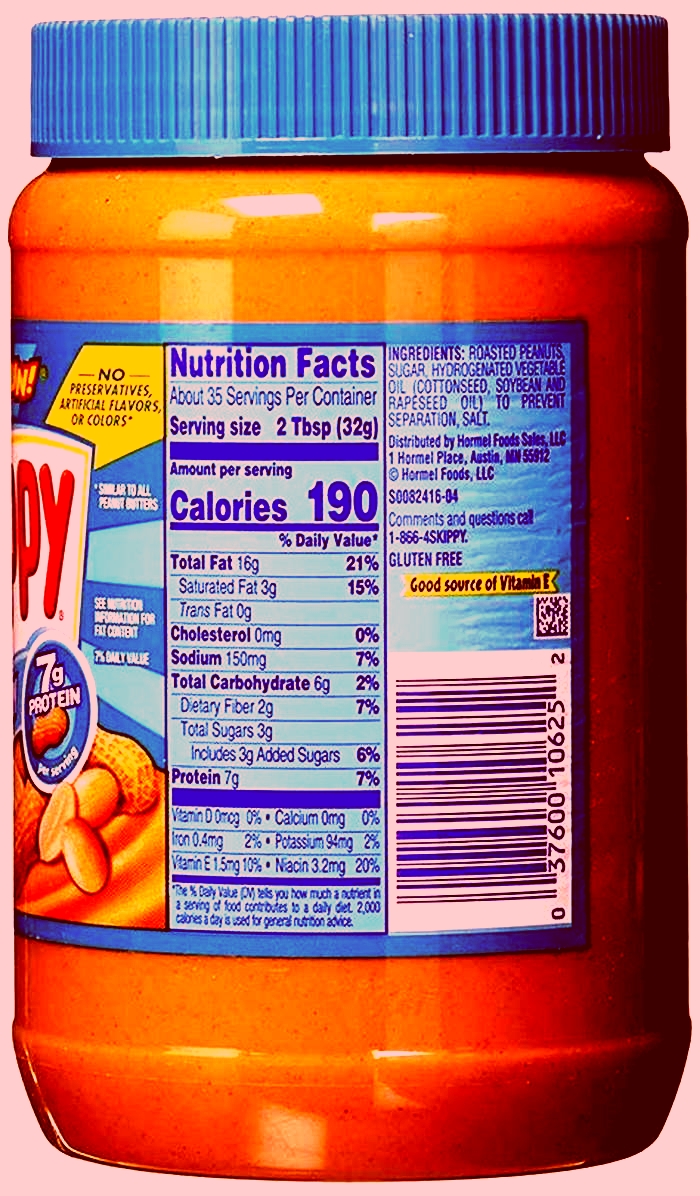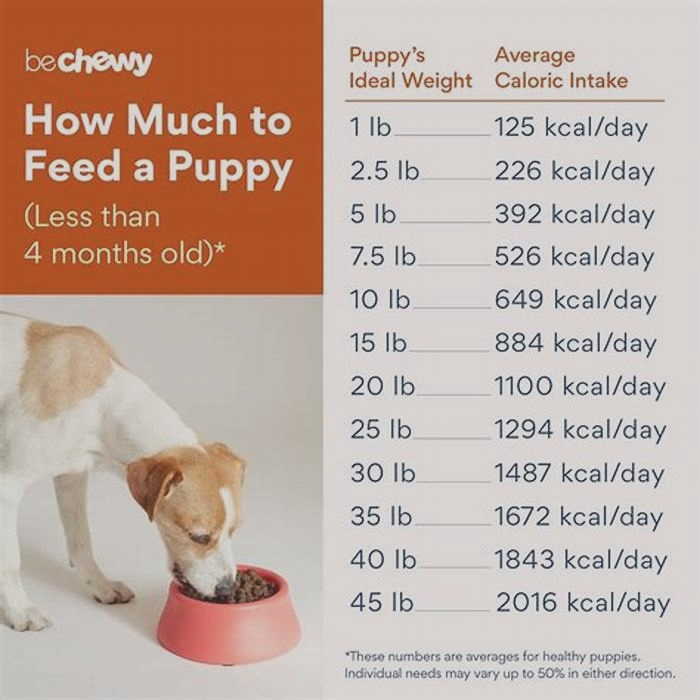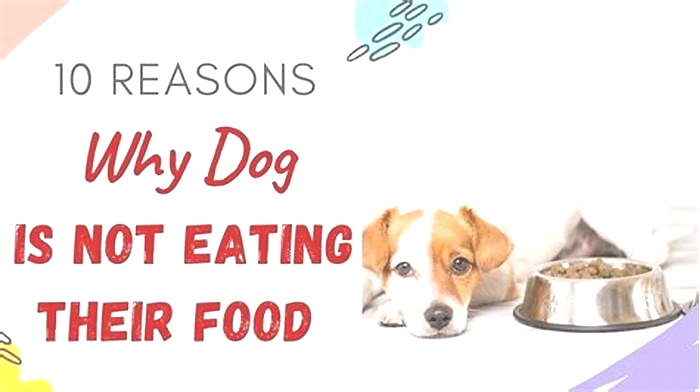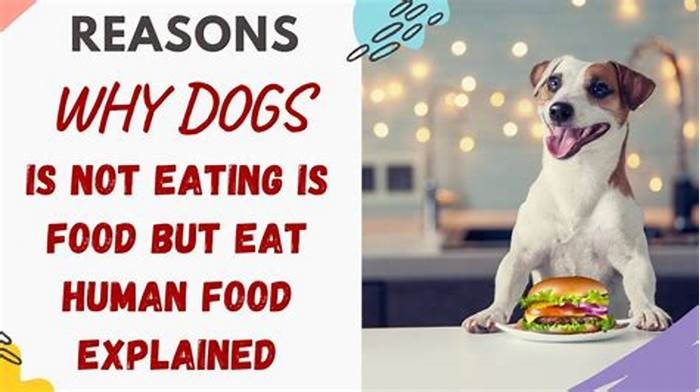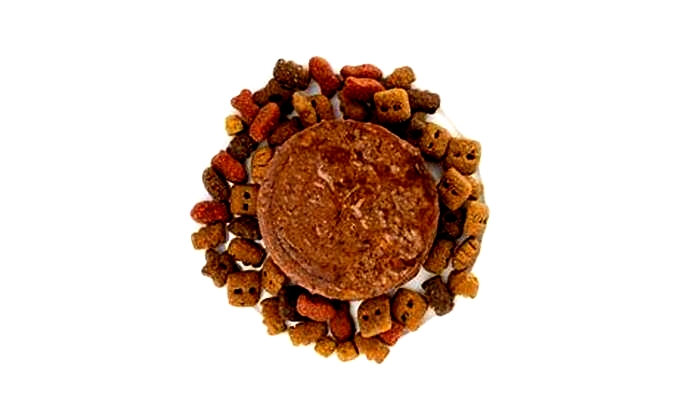What is ingredient splitting in dog food

Ingredient Splitting: A Deceptive Dog Food Practice
When shopping for dog food, do you take a few minutes to flip over the bag and comb through the ingredient label? If so, you may have seen some look like this:Chicken, chicken meal, brown rice, white rice, rice gluten, rice bran, split peas, pea protein, potato, potato starch.Written differently, that same ingredient label could look like this:Rice, peas, chicken, potatoes.Which list looks more appealing to you?
The First Ingredients on a Dog Food Label
If youve done any research on ingredient labels and the way theyre written then you know the ingredients are listed in a particular order. Pet food manufacturers are required by law to arrange each item in order of its precooking weight. The first spot goes to the most plentiful ingredient.(Well, sort of keep reading.)

Thats why, when many pet parents look at food labels, they immediately scan to see if meat is in that #1 spot. Since manufacturers know this, many practice a deceptive marketing tactic called ingredient splitting.
Ingredient Splitting
This is where manufacturers divide a less desirable ingredient(like rice, corn, or peas)into more categories(i.e. white rice, rice gluten, rice bran).When they do this, it artificially bumps their spot on the ingredient list to a lower placement. It also artificially boosts more desirable ingredients(like chicken, beef, turkey, salmon, etc.)up on the totem pole.While ingredient splitting is permitted, it certainly seems like a misleading practice.
Look Beyond the First Ingredient
When shopping for dog food, look beyond the first ingredient. While its best to read the entire label, the first five items will help you get a more accurate representation. If you notice similar ingredients all clustered together near the top of the list(such as corn, corn meal, and whole ground corn; brown rice, white rice, and rice bran; split peas, pea flour, and pea protein)then its fair to question if the main ingredient in that food is really meat. It likely isnt!
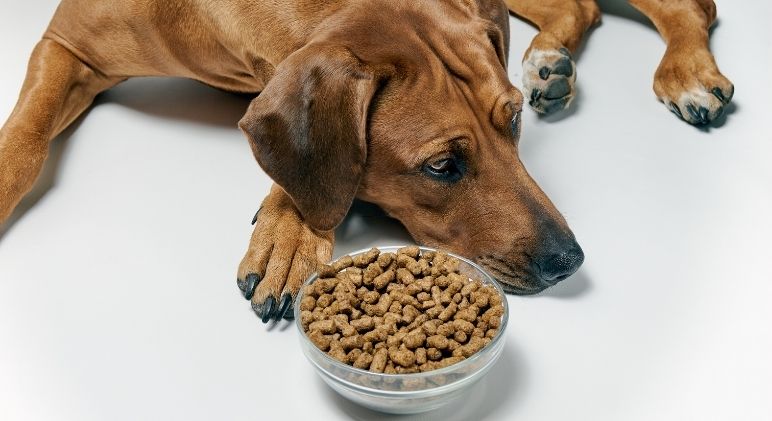
Yes, This Happens With Grain-Free Foods Too
Just because a particular dog food is grain-free, doesnt mean its carb-free. There are other starchy ingredients on the market, such as peas and potatoes, that manufacturers use as fillers and can easily divide into several names to make them seem less abundant.
Ingredient splitting is just one of many things to watch for when selecting quality dog food. I share more pet food marketing tactics and things to watch out for in THIS article.
Looking for a new dog food brand? Ive been feeding The Farmers Dog for several years. Its fresh food thats made of human-grade meats and veggies, formulated by veterinary nutritionists, perfectly portioned out, and delivered straight to my door every few weeks. I like it because its healthy and convenient. Find out more about The Farmers Dog food HERE.
Ingredient Splitting in Pet Food Exposed
Ingredient splitting is a very controversial topic and is often dismissed by the big pet food brands.
Despite this dismissal, ingredient splitting is very real, and you should be aware of it so you dont become one of the thousands tricked by it on a daily basis.
What is Ingredient Splitting?
Ingredient Splitting is a technique employed by pet food manufacturers to strategically split ingredientsthat are considered low-quality into multiple ingredients.
By dividing ingredients in this way, they will appear further down the ingredient list and so draw less attention from savvy consumers.
Now you might be confused by what was just explained, and dont be embarrassed because it is deliberately confusing because pet food brands dont want you to understand. Ingredient splitting can be best described with an example.
Before Ingredient Splitting
Lets imagine a dog food formula without employing Ingredient Splitting its five most abundant ingredients as follows.
- Peas
- Chicken
- Turkey
- Chickpeas
- Potatoes
While this doesnt look awful at face value, the more knowledgeable amongst you will be aware that, ideally, you want meat and fish ingredients to take up as many of the primary ingredient spots as possible, especially that number one spot.
So to appeal to consumers, this dog food brand may want to strategically move Peas off that number one spot and below the Chicken and Turkey ingredients.
Now they could do this by including fewer Peas in the recipe and adding additional Chicken and Turkey. However, Chicken and Turkey are expensive, and Peas are cheap.
Pet Food brands want to price their products as affordable, and they want to keep their profits high. So they turn to Ingredient Splitting to do their dirty work.
They continue to use Peas but now also use an almost identical ingredient: Pea Flour. If these two ingredients are combined, they equate to the same quantity of Peas before Ingredient Splitting. But, because they are technically different ingredients, they can list them separately.
After Ingredient Splitting
So what would the ingredient list look like after this process? Heres what it could look like depending on how much Pea Flour is used.
- Chicken
- Turkey
- Peas
- Pea Flour
- Chickpeas
Notice how Chicken and Turkey have now miraculously become the number one and two ingredients? Despite the fact that the quantity of Chicken and Turkey has remained the same as before?
Peas and Pea Flour now take up lower spots in third and fourth, where they are less likely to draw significant attention.
This process could be taken even further, and Peas or another less favorable ingredient could be split into three or four sub-ingredients, allowing them to appear even further down the ingredient list.
The First Five Ingredients Rule and Why You Should Ignore It
Online articles, friends, and even professional vets often tell pet owners to pay attention to the first five listed ingredients of pet food. These are the most abundant and should be the ones that are most carefully analyzed.
The problem with this approach is that it causes people to ignore the ingredients listed after the first five. Ignoring these later ingredients leaves consumers vulnerable to techniques like Ingredient Splitting.
Instead, pet owners should be smart and patient and take a careful look at all the ingredients listed. While this may be more time-consuming, it is the only practical way to be sure that your pets are being given a diet of high-quality ingredients and suitable nutrition.
How Ingredient Splitting Can Be Even More Confusing and Complicated
Youve wrapped your head around the basics of Ingredient Splitting and why it is bad. Sadly, pet food brands have been playing this game for far too long and are doing everything they can to make it even more confusing and complicated.
Weve gone through how a single ingredient can be split into two or three sub-ingredients, which are usually by-products like Pea Flour.
But what happens if a manufacturer uses an extensive range of very similar ingredients? Is this still Ingredient Splitting, or is this acceptable? Its a fine line, and it is tough to pinpoint.
It can be best explained with another example.
Legumes are probably the most common vegetable ingredient in commercial dog food, especially high-quality dog food.
They provide high-quality carbohydrates and dietary fiber to aid digestion. Consumers do and should be accepting of reasonable quantities of legumes in their dogs food.
However, meat should still be the focus of dog food as it provides the much-needed protein and fat. But meat is expensive, and brands want to include more legumes as they are far cheaper.
So instead of including one or two legumes, they add a very large range of legumes. This doesnt just mean different legumes like Peas, Chickpeas, Lentils, and Beans, but also different varieties of individual legumes such as Red Lentils and Green Lentils.
By using a broad range of legumes in small quantities, these ingredients can once again appear far lower down on the ingredient list, misleading consumers into thinking there is a low proportion of vegetables present.
Innocent Until Proven Guilty?
The problem with Ingredient Splitting is that its tough to prove. Pet food brands only have to list their ingredients in descending order, and they do not have to list the quantity of each ingredient.
This can make it very difficult to judge if an ingredient has been significantly lowered in the ingredient list after it has been split.
To add to this, some pet food brands include a range of vegetables on purpose and without malicious intent.
They simply believe that variety is important, and they arent attempting to mislead or trick consumers.
Some brands, such as Acana and Orijen, go as far as to state what percentage of their ingredients are from meat or fish ingredients.
This can outright prove that meat and fish are the primary ingredients, as they should be, and combat accusations of ingredient splitting.
This is why you need to pay extra attention to your dog foods ingredient list and guaranteed analysis. Doing this is the only way you can make a judgment of the quality of the nutrition and ingredients used.
Common Ingredients used in Ingredient Splitting
As used in our example, Peas are one of the most common ingredients that are split. This is because there is a number of readily available by-products and varieties that are equally or cheaper to produce.
Examples of Pea By-products are Pea Flour, Pea Protein, Pea Starch, and Pea Fiber. To learn more about these by-products, check out ourPeas, Pea Protein, Pea Flour, and Pea Fiber in Dog Foodarticle.
Other legumes are also used in Ingredient Splitting, with Lentils, Chickpeas, and Beans, being the primary culprits. The by-products of these vegetables are less common but are still sometimes found.
When you move down to the lower-quality brands and formulas, it is often grains that are used instead of legumes or other vegetables.
Unfortunately, these, too, can be split. There is a huge variety of grains used in pet food, and almost all of them can be listed as multiple ingredients.
An example could be Corn. It could also be listed as Corn Starch, Corn Meal, and Corn Flour.
A final example commonly used is Potatoes. Potatoes are often split into two ingredients, Potatoes, and Potato Starch.
These are, for all intents and purposes, the same thing and provide the same nutritional value. But, because they are listed separately can appear further down the ingredient list.
Brands Guilty of Ingredient Splitting
Many of the most popular and highly reviewed brands in the dog and cat food world are guilty of this technique to varying degrees.
Some may use it to edge a small advantage, and others may use it religiously to deceive and mislead pet owners.
Through our careful analysis and reviews of dog and cat food formulas, we have found evidence of Ingredient Splitting by the following brands.
It is extremely important to note that just because some of a brands formulas show signs of ingredient splitting does not mean that all of their formulas employ this technique.
Many of the formulas these brands produce are very high-quality, and we would highly recommend feeding them to your pets. You should always look at the ingredient list of the specific formulas you are considering for certainty.
In addition, the reason that many of these brands utilize Ingredient Splitting is that they are targeting the lower-cost end of the pet food spectrum.
This market is cutthroat, and every brand is fighting to maintain higher protein and fat proportions without shelling out on higher-cost ingredients.
The Honest Pet Food Brands
Thankfully there are some brands that, as of yet, have shown no sign of Ingredient Splitting or revoked accusations with clear facts about the proportion of ingredients used in their recipes.
These are brands that we highly recommend and at least appear to have the health of pets and not their wallets in mind. Click the below links to find out more about these brands.
We would also recommend checking out our Best Dog Food Without Peas Article. This article focuses on recipes without Legumes or Peas, and as they are the most common ingredient to split, our recommendations avoid this technique.

